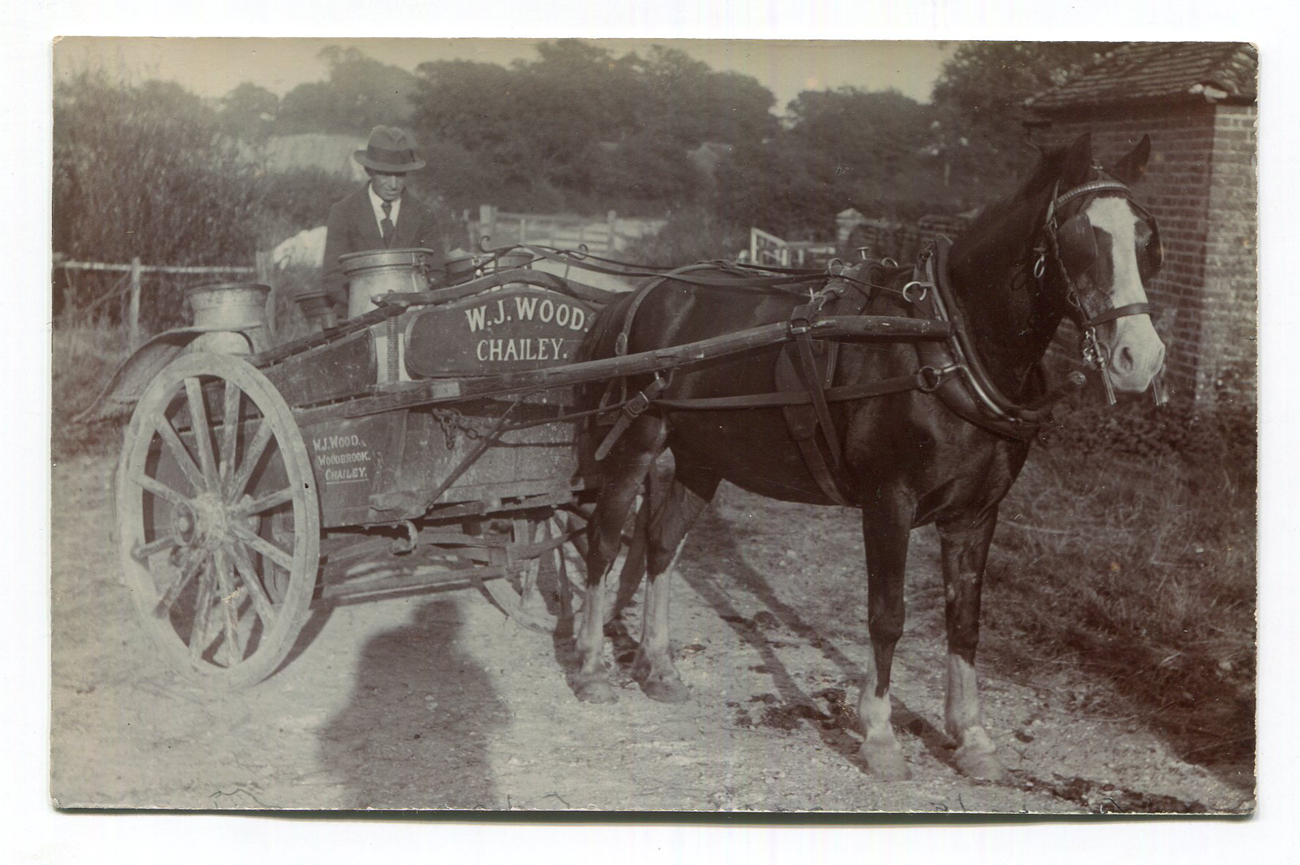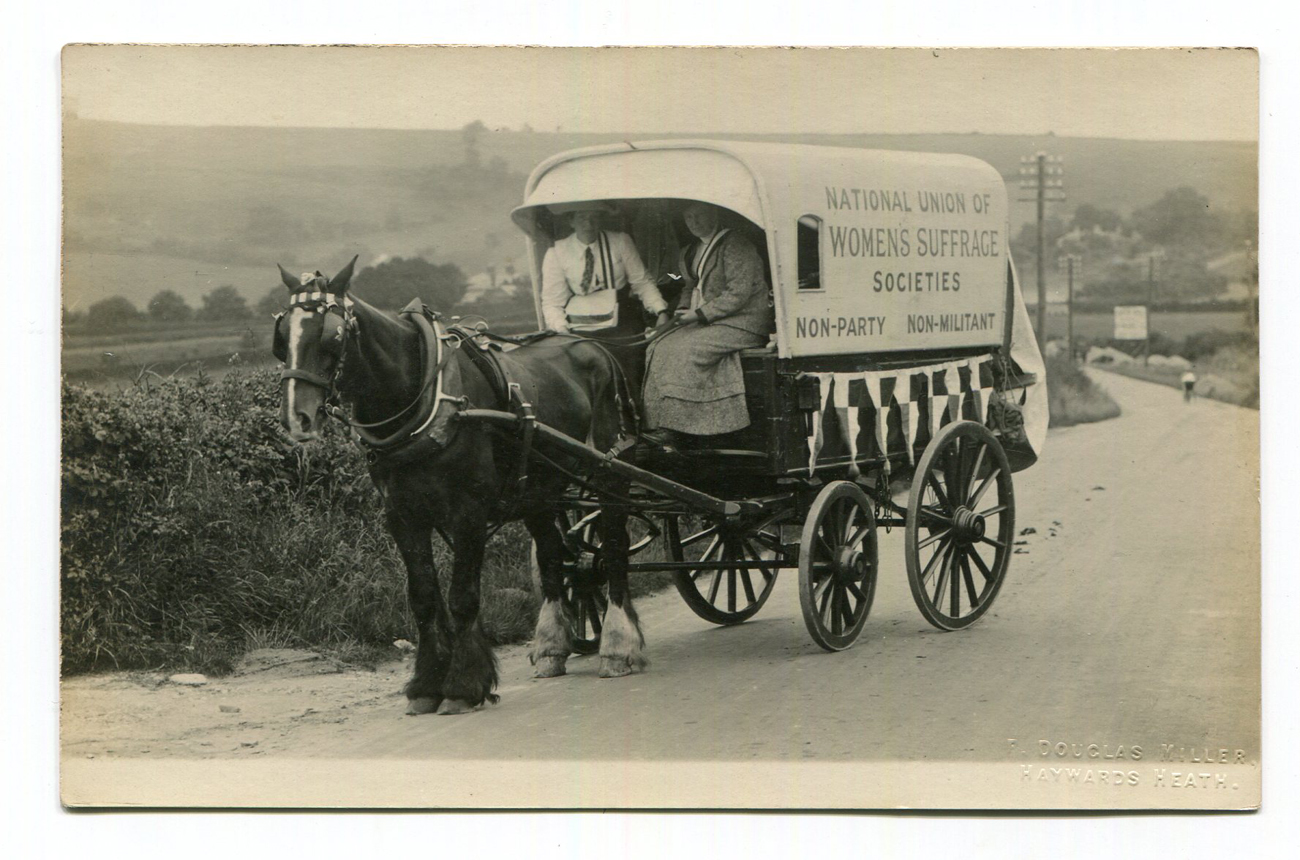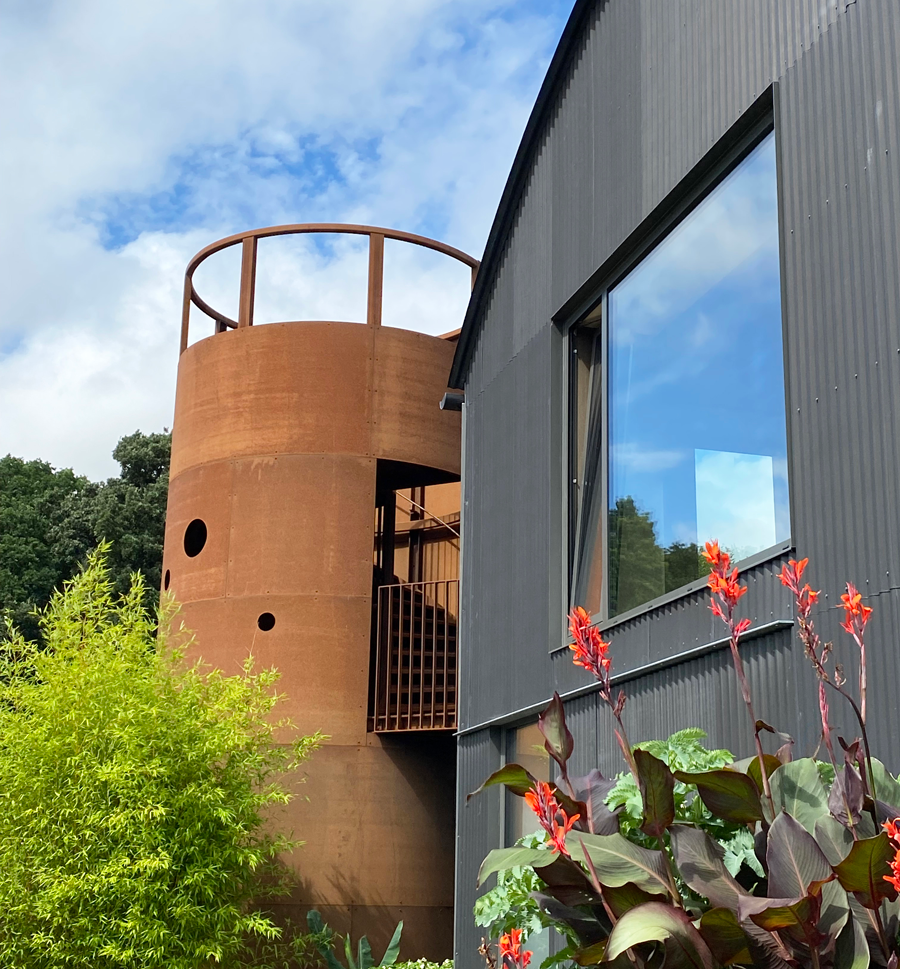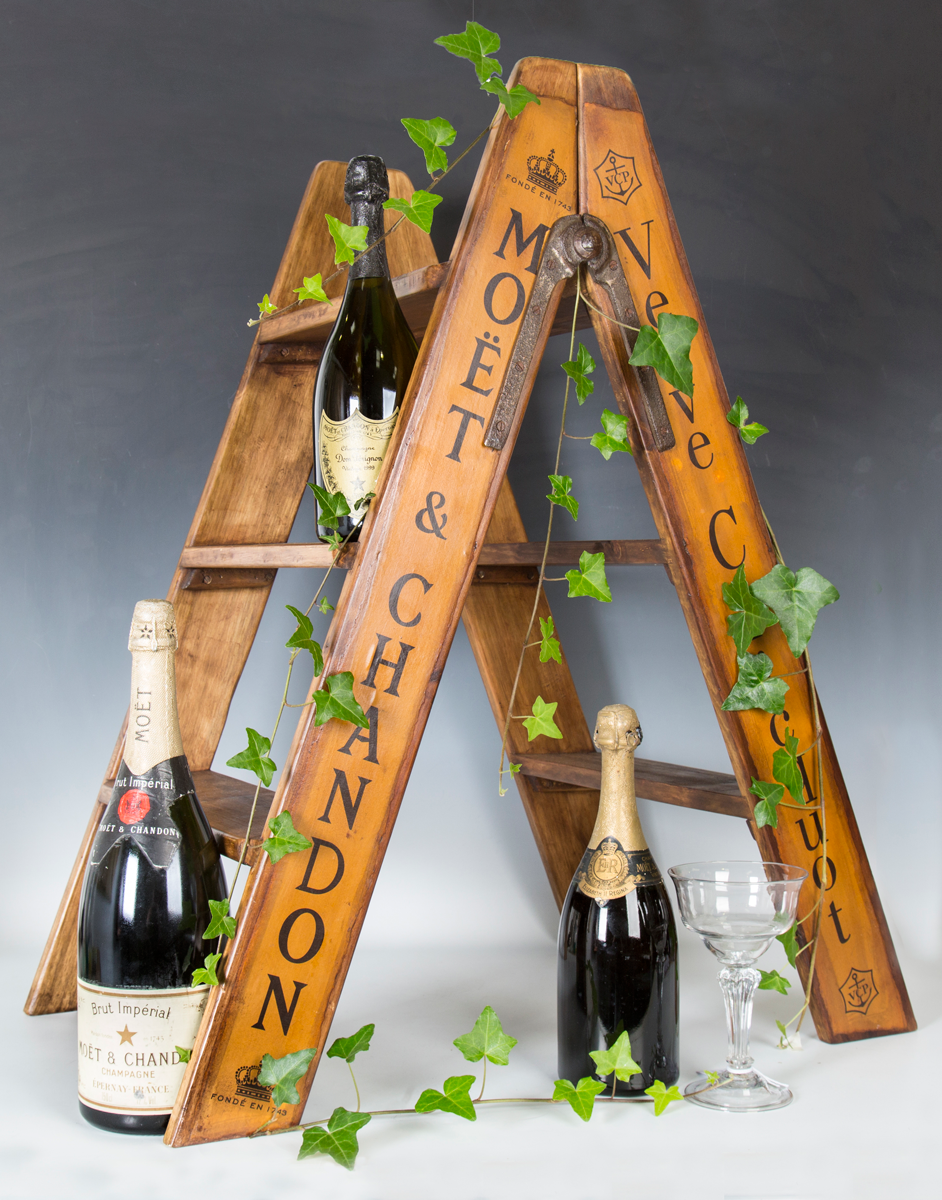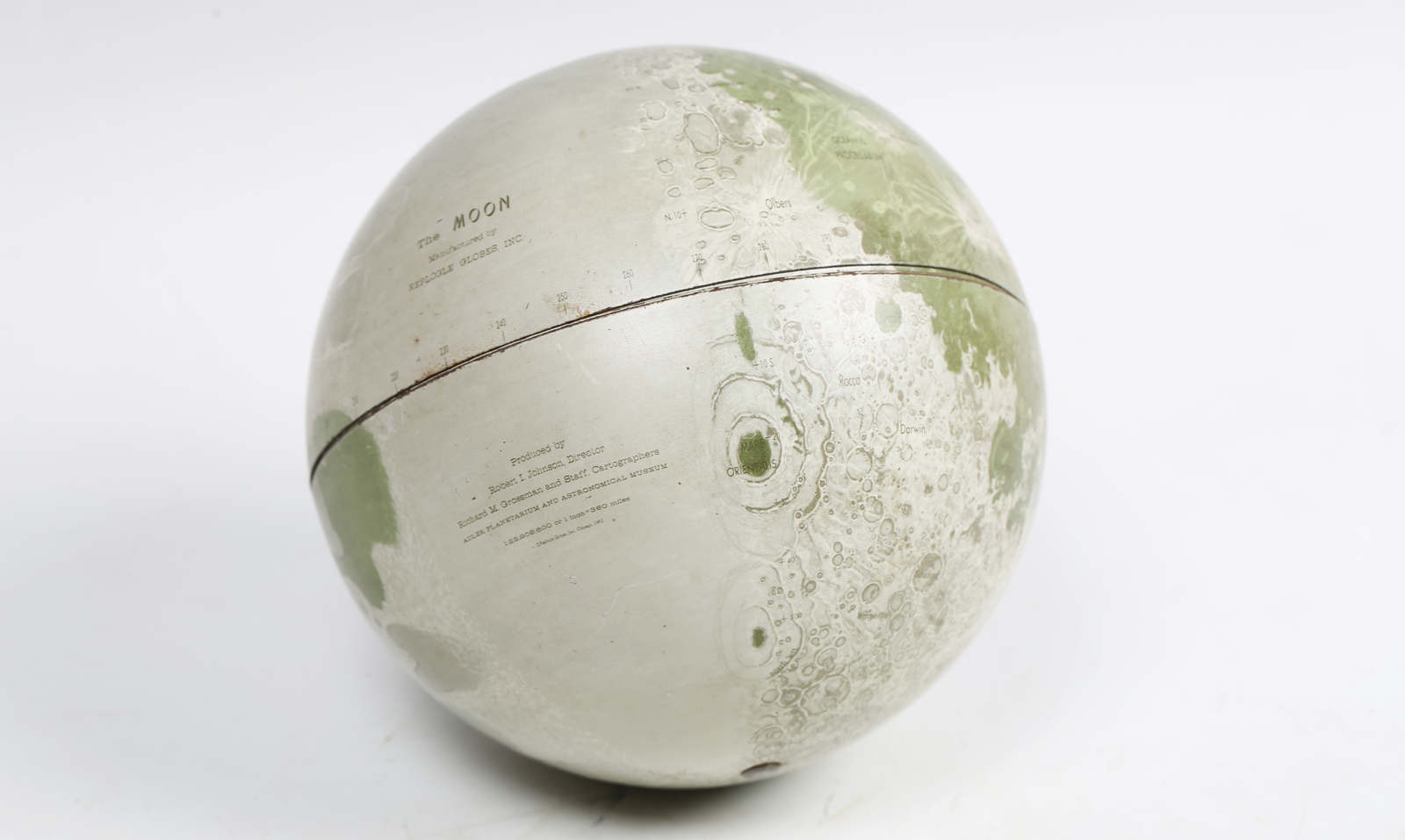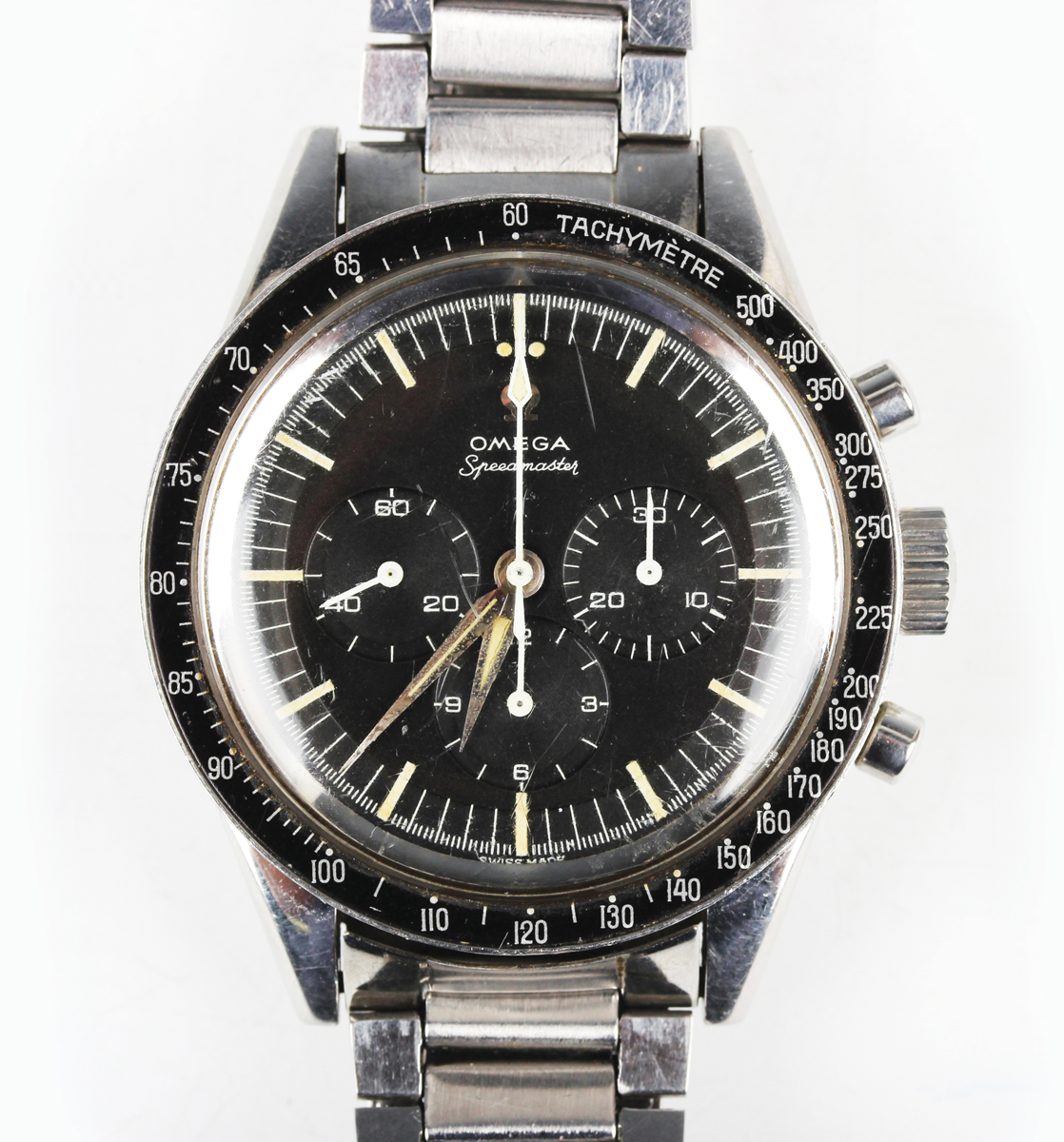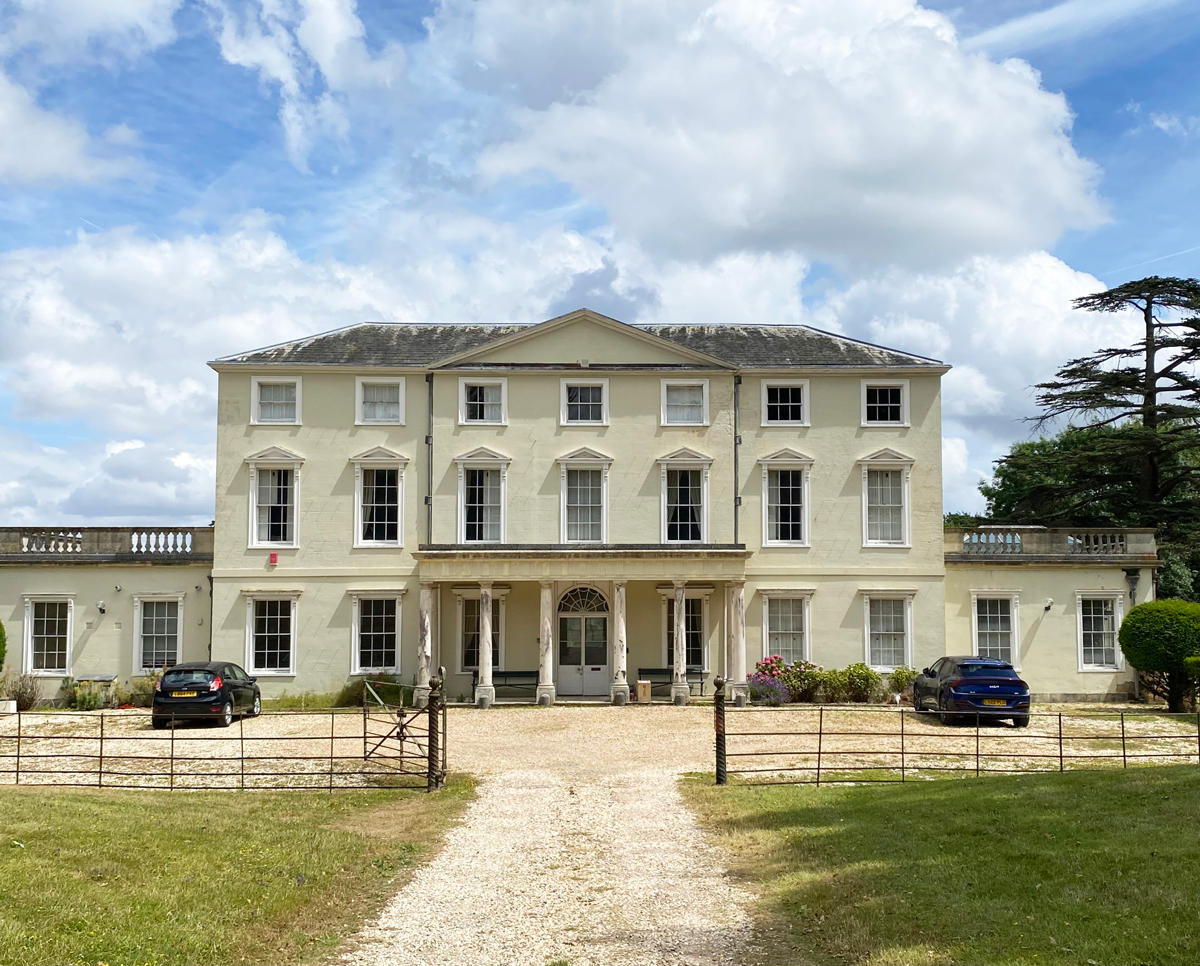
A remarkable collection of 18th and 19th century furniture and antiques from Runnymede Park near Egham and Windsor in Surrey is to be sold in a series of specialist auctions at Toovey’s Washington salerooms here in West Sussex on 7th and 8th September.
It is hard to imagine today how many important country houses were torn down in the years after the Second World War.
And yet in my view the English Country House is one of our nation’s greatest contributions to human civilization. Their assemblance of furniture and objects have a particular beauty born of the passions of their owners, importantly, English Country House taste is also comfortable.
The current house was built in the classical taste by Samuel Wyatt and was commissioned by the Jebb family. It is set in an elevated position offering fine views across the park and was constructed between 1789 and 1792.
Runnymede Park was on the brink of demolition and would have been a perfect candidate for inclusion in the V&A’s Destruction of the Country House exhibition in 1974 had it not been for the dedicated patronage of Mr and Mrs Robert Collins.
They painstakingly repaired the fabric of this elegant Grade-I listed house and then set about furnishing it with period antiques and furniture in the English Country House taste. Their passion for collecting was as strong as their passion for the house.
The entrance hall with its stone floor runs the entire depth of the house and was punctuated by a fine set of mahogany hall chairs painted with crests which lent perspective to the vista of the park beyond. The main rooms of this classical house lead off from the hall, each richly furnished with the items now entered for sale.
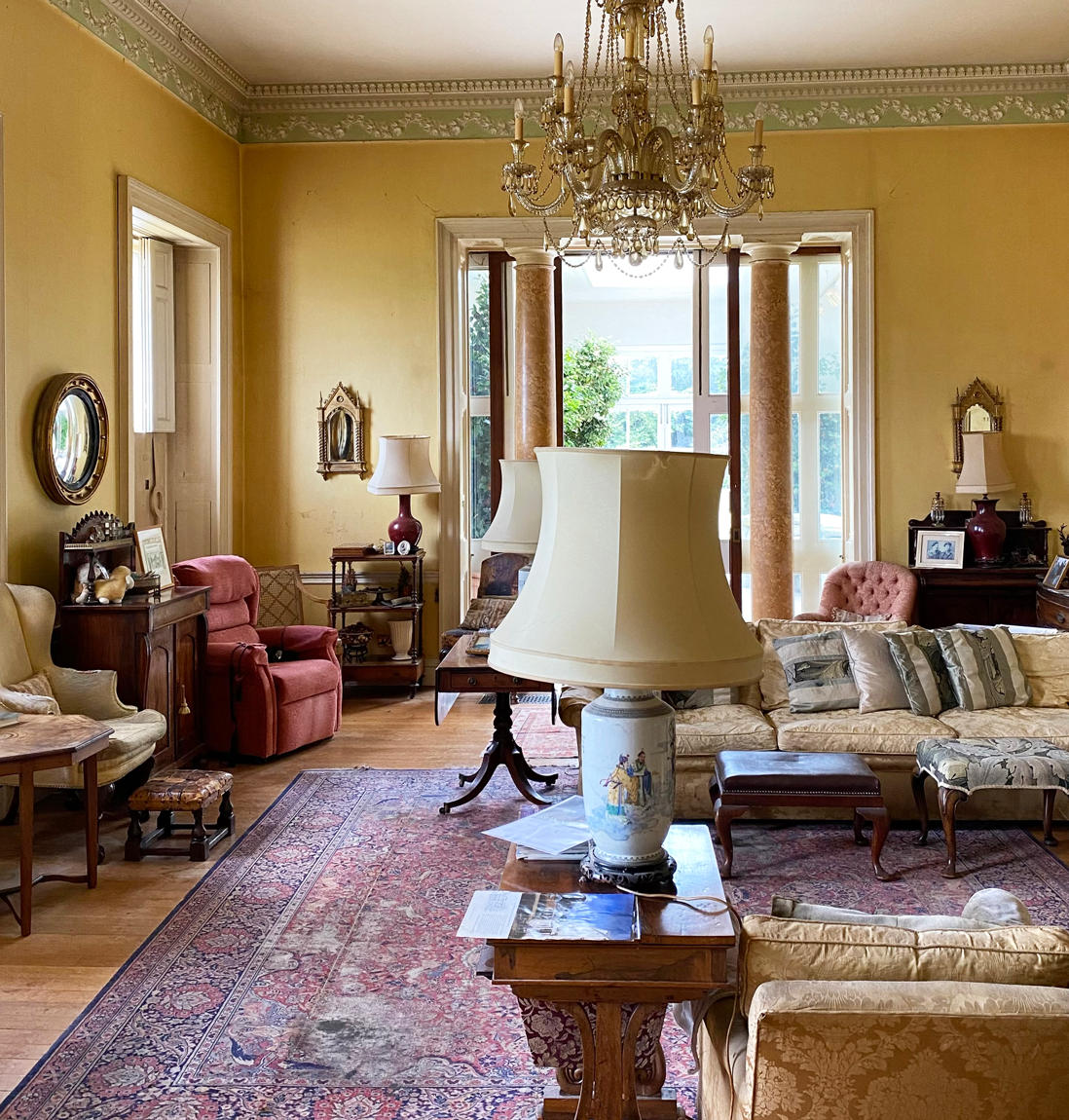
The collection is a testament to their unerring eye for quality and taste. It includes wonderful library, drawing room, dining, and bedroom furniture as well as lights and decorative antiques.
Amongst my favourites are a pair of large Regency lemon gilded pier mirrors with eagle surmounts, a series of elegant pier tables and library bookcases.
The interiors at Runnymede Park captured the best of English Country House taste – textural and eclectic, reflecting the taste and interests of a family and the patchwork quilt of their stories and interests. There was nothing of the austerity of minimalism, rather an expression of comfortable, timeless taste complimenting this fine Georgian house.
